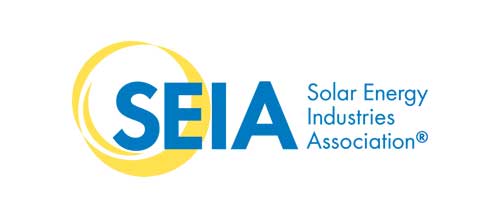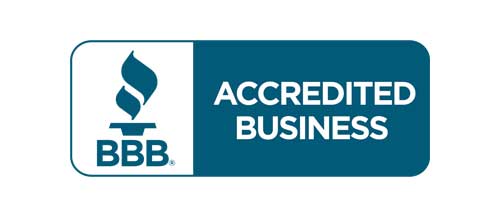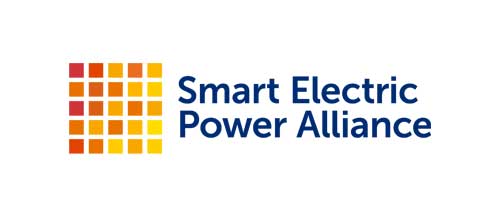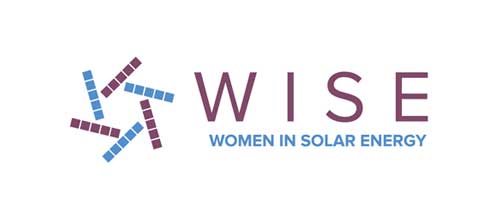Every project financed using C- industry has, as part of its closing file, some form of energy audit or energy review. While this is not a standard document in most commercial transactions, it is an essential part of a C- deal. To understand why, we start at the beginning of C- itself
.
Background
C- was originally developed in the mid-2000s, with the aim of moving private capital to upgrade the building stock by encouraging investment in energy efficiency upgrades to commercial properties. The investment would be tied to the property, not the owner, and would amortize over the long-term life of the upgrades. Those upgrades would reduce the energy expenses of the property, ideally covering the cost of the investment over time. Recently, C- has also expanded its reach to include resiliency upgrades such as seismic strengthening, wildfire suppression, storm resiliency, and occupant health. Some programs have even expanded the name to “C-R” to reflect the increased focus on resiliency. The underlying theme continues to be the same: private capital invested into private buildings to increase the long-term energy efficiency and sustainability of the building stock.
Putting this into practice, we realize that there are three key parameters that must be met for a building improvement to qualify as a C- project:
- The improvements must add to the energy efficiency or sustainability of the property
- The property must realize some form of savings from the improvements
- The financing can only last as long as the improvements
To confirm those points, C- projects are accompanied by some form of an energy review.
Single Measure, Multi-Measure, and New Construction Projects
On single-measure projects like an HVAC replacement or solar PV installation, we look to see that the improvements are going to reduce the property’s current energy spend. This can be a simple calculation that the installation contractor can perform themselves. In fact, for renewable energy projects in general, those calculations are usually done during the initial project proposal phase by software such as Helioscope, EnergyToolbase, or Aurora. EnergyStar also provides calculators for certain building systems upgrades.
Multi-measure projects, including gut rehabilitations, are more complicated and usually require a third-party firm to review the existing building’s systems and energy consumption and then consider the combined effects of the proposed upgrades. For example, a project consisting of lighting, HVAC, roofing and insulation upgrades, the HVAC upgrade will not only reduce energy spend, but the roof and insulation will further reduce the HVAC energy consumption. An additional consideration is the useful life of the installed measures. Whereas it is relatively easy to identify the useful life of a single measure, in a multi-measure project, C- lenders want to determine the useful life of the whole project and to do that, we request that the energy audit include a calculation which weights the useful life of each measure by its cost. Rather uncreatively, we call this the “cost-weighted average estimated useful life” of the project.
New construction projects are a relatively recent application for C-, and the inclusion of C- in the capital stack of a new construction project can reduce the cost of the financing during construction and increase the long-term efficiency of the property. For these projects, since there is no existing building to set a baseline, C- programs have established benchmarks, usually aligned with the applicable local building and energy codes, that the project must exceed to qualify. The energy audit is then run using those as a baseline to show the eligible measures and savings. Adding C- will also reduce financing and construction interest costs, those savings are also considered.
Resiliency and Building Health/Sustainability Measures
In contrast to many of the measures already discussed, resiliency measures such as seismic upgrades, storm retrofitting, and air filtration devices don’t have the same level of direct energy or water reduction which can easily be calculated. However, because we feel that these measures add to the property’s ability to sustain itself, we consider them eligible wherever local programs have been set up to permit them. The savings from these can potentially be measured in reduced insurance premiums, reduced building occupant healthcare costs, or avoided penalties. In Los Angeles County, for example, certain buildings must be seismically retrofitted or face stiff penalties from the local building departments. While the savings from these measures may not be as substantial as solar PV or LED lighting, the measures themselves typically have very long useful lives, so the financing may be spread out over long amortization periods and thus cost the owners much less per year when compared with bank financing.
To Sum It All Up
C- projects can add both immediate and long-term value to properties, and we use energy audits to confirm the value-add and substantiate the C- financing. We use those audits to understand the energy efficiency or sustainability increases generated by the project, how long the improvements will last, and how much of the financing will be offset by the savings generated by the improvements. Including an energy audit helps Dividend understand the impact we’re generating and helps the property owner understand how their project is contributing to a cleaner world.
We look forward to reviewing one with you soon!

Jacob Roth
Manager, Transactions
e. [email protected]
t. (858) 800.2369




